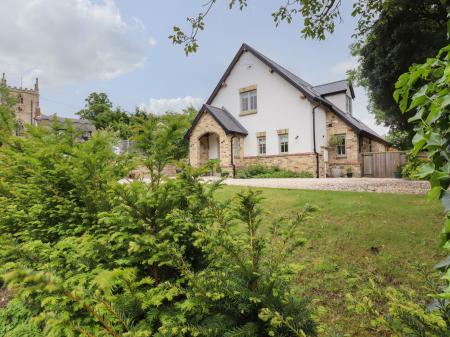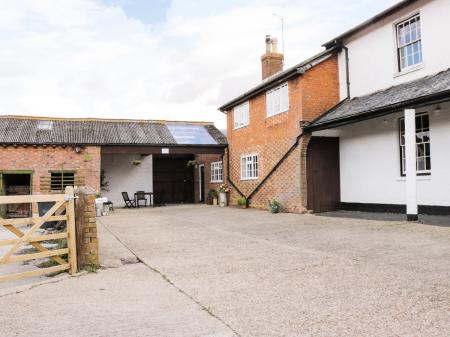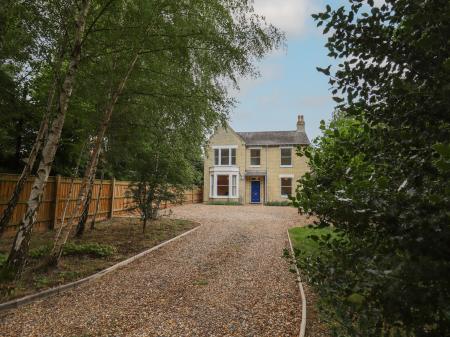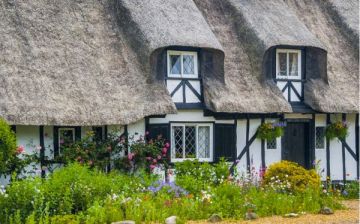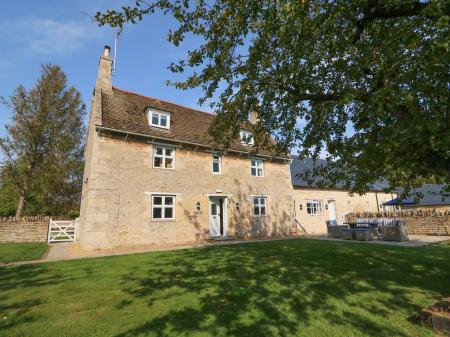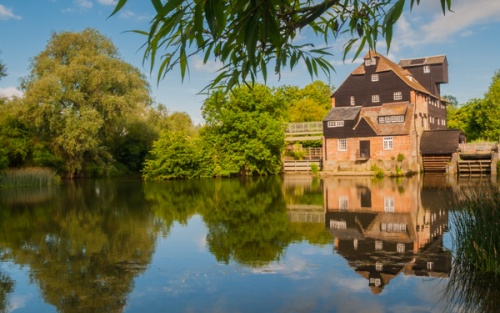
During the Victorian era, Houghton Mill was a hive of activity. The mill ran ten separate pairs of grinding stones, with the power supplied by three wheels. The wheels were removed in the 1930s, but one was restored in 1999, and this now powers a single set of stones.
Though the current mill dates to the 17th century there was a mill on the site since at least the early 14th century when Houghton was owned by Ramsey Abbey.
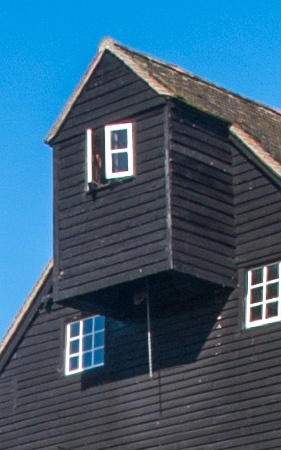
There was frequent tension between the monks of Ramsey and the villagers of Houghton. In one famous episode that took place in 1500, the abbot dammed the river to power the mill, which flooded the village. The villagers, not unnaturally, were so angry that they rioted and stole the floodgates.
The mill is renowned among landscape artists for its picturesque setting, and painters can frequently be found with their easels set up before the mill. There are wonderful recreational opportunities at Houghton, including walking, horse riding, and cycling. There are frequent milling demonstrations, and visitors can buy fresh ground flour.
There is one water wheel in operation, driving one set of grinding wheels. One of the National Trust stewards told me that when the wheel is grinding you can feel the entire building shake.
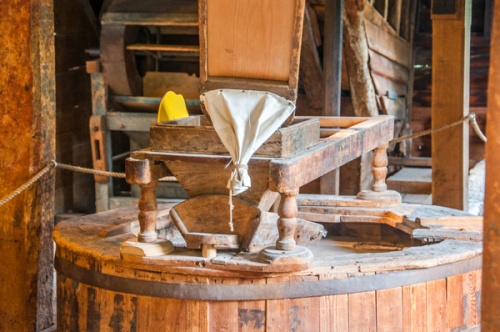
Now consider that at the height of its prosperity the Mill had three wheels running a total of 10 pairs of stones and you begin to appreciate what an astonishing sight and sound the mill must have made. The Trust is limited to operating the Mill for only 4-5 hours per week, as each hour of usage drops the water level along this stretch of the river by up to 1 inch.
The Mill is ideally situated on the Ouse Valley Way long distance footpath which links locations along the river. A lovely walk along the south bank leads to the twin villages of Hemingford Abbots and Hemingford Grey, where the manor house dates to the 12th century. Or head west along the path to Godmanchester, built by the Romans and linked to the old county town of Huntingdon.
Note: Demonstrations of milling depend on the level of water in the river being adequate.
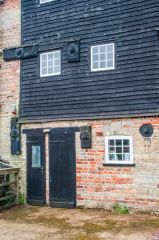
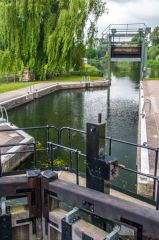
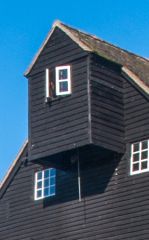
 We've 'tagged' this attraction information to help you find related historic attractions and learn more about major time periods mentioned.
We've 'tagged' this attraction information to help you find related historic attractions and learn more about major time periods mentioned.